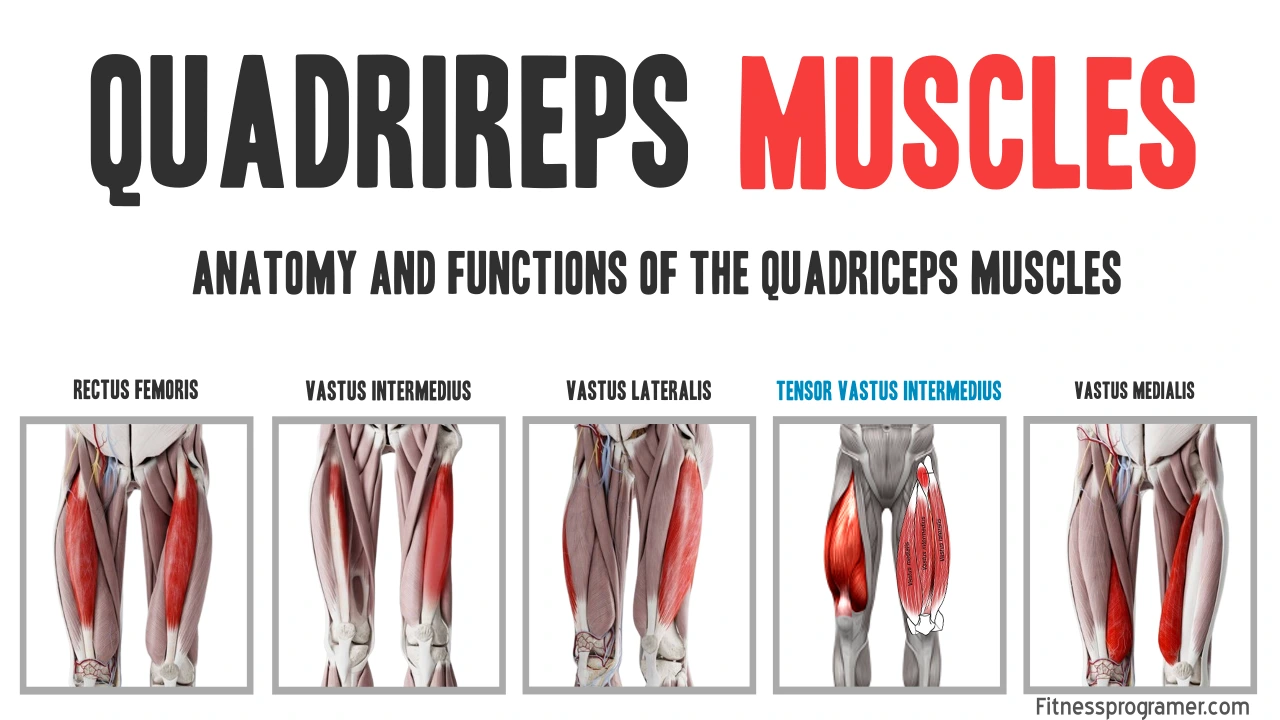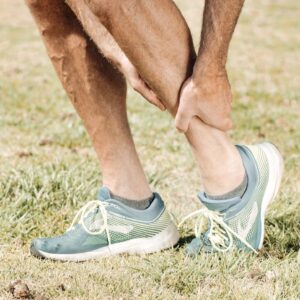Contents
The quadriceps femoris, often simply referred to as the quads, are one of the most powerful and essential muscle groups in the human body. The term quadriceps femoris translates to “four-headed muscle of the femur”. This group comprises four individual muscles located at the front of the thigh, all of which converge into a single quadriceps tendon that inserts into the patella (kneecap).
Though traditionally classified as a four-headed muscle group, recent anatomical research supports the inclusion of a fifth structure—the Tensor of the Vastus Intermedius (TVI)—suggesting greater complexity in the quadriceps’ role in movement and stability. (1,2,3)
These muscles are:
- Rectus Femoris
- Vastus Intermedius
- Vastus Lateralis
- Vastus Medialis
- Tensor Vastus Intermedius
Together, the quads play a primary role in knee extension, hip flexion, and stabilizing the patella during movement.
Anatomy of the Quadriceps Muscles
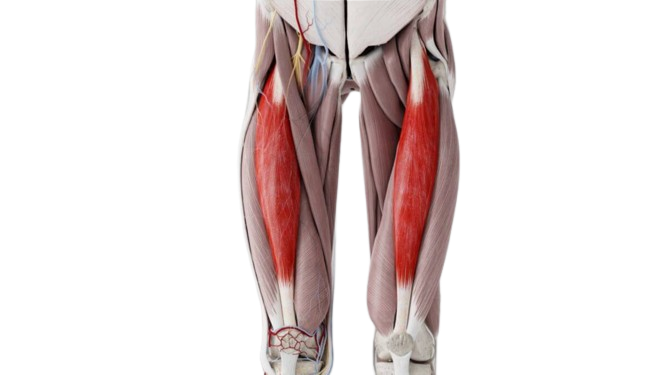
1. Rectus Femoris
- Location: Middle of the thigh, superficial muscle
- Origin: Anterior inferior iliac spine (AIIS)
- Insertion: Patella via quadriceps tendon
- Function: Extends the knee and flexes the hip (only quad muscle that crosses both joints)
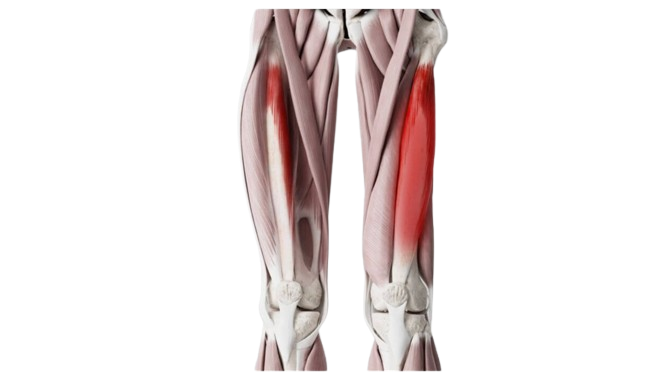
2. Vastus Intermedius
- Location: Deep to rectus femoris, between vastus lateralis and medialis
- Origin: Anterior and lateral surfaces of the femoral shaft
- Insertion: Patellar tendon
- Function: Purely assists in knee extension
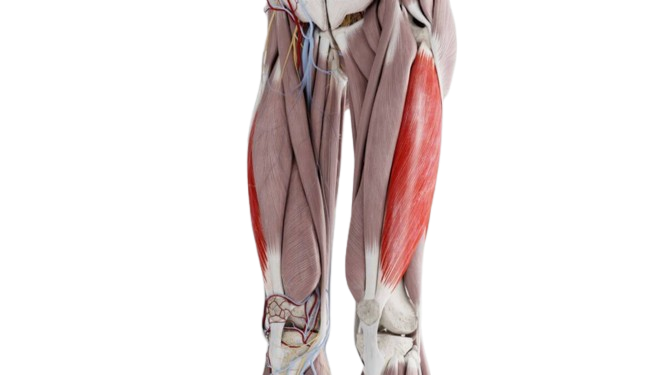
3. Vastus Lateralis
- Location: Deep to rectus femoris, between vastus lateralis and medialis
- Origin: Anterior and lateral surfaces of the femoral shaft
- Insertion: Patellar tendon
- Function: Purely assists in knee extension
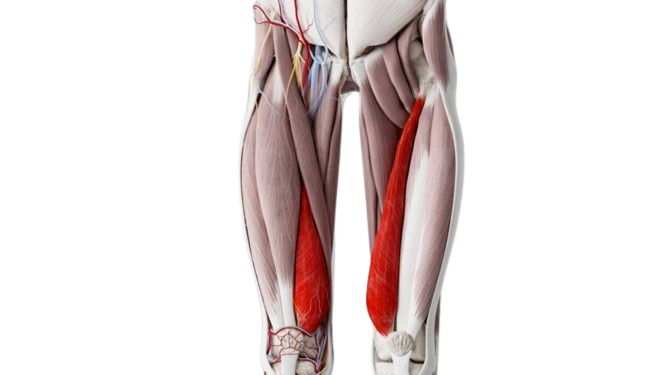
4. Vastus Medialis
- Location: Inner (medial) thigh
- Origin: Linea aspera of the femur
- Insertion: Patellar tendon
- Function: Extends the knee; VMO (Vastus Medialis Oblique) plays a critical role in patellar stabilization
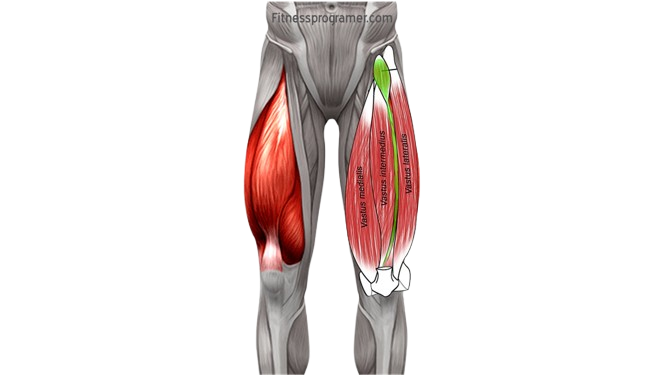
5. Tensor Vastus Intermedius
- Location: Between vastus intermedius and vastus lateralis
- Origin: Originates from the anteroinferior greater trochanter
- Insertion: Patellar tendon
- Function: More studies are awaited to understand its exact role in function.
Distinct Features: The muscle belly is relatively short and gives rise to a long, thin tendon that descends medially and superficially along the surface of the vastus intermedius.
Functions of the Quadriceps Muscle Group
Primary Function:
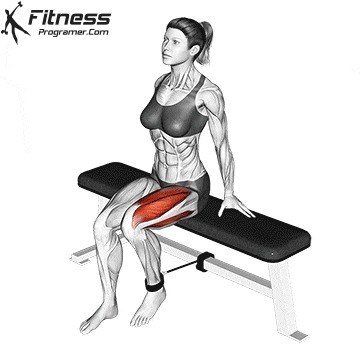
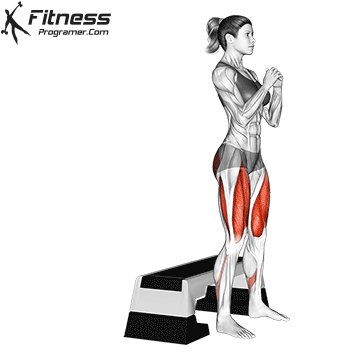
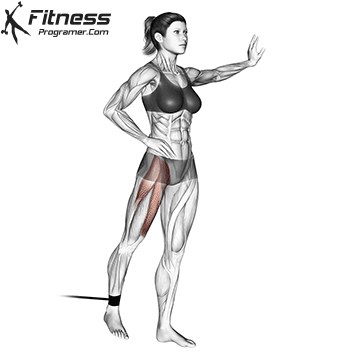
- Knee Extension: Straightening the leg from a bent position (e.g., standing up, kicking, squatting)
- Hip Flexion: (Rectus femoris only) helps lift the thigh forward
- Stabilization: The quadriceps provide stability to the knee joint, especially during weight-bearing activities, such as standing, walking, and running.
- Power and Force Production: These muscles are essential for generating power and force during activities like jumping, sprinting, and lifting heavy weights, making them critical for athletic performance and strength training.
Muscle Balance with the Hamstrings
The quadriceps function in coordination with the hamstring muscles, which are located on the back of the thigh. These two groups form an agonist-antagonist pair at the knee joint. When the quadriceps contract to extend the knee, the hamstrings relax. Conversely, during knee flexion, the hamstrings contract while the quadriceps lengthen. This dynamic balance ensures smooth, controlled leg movement and helps protect the knee from excessive strain during motion.
How to Train the Quadriceps Effectively
To develop strength and hypertrophy in the quadriceps, you need to incorporate exercises that emphasize knee extension and hip flexion under load.
Top Compound Exercises:
- Bodyweight Squat
- Bodyweight Plie Squat
- Cossack Squat
- Bulgarian Split Squat
- Dumbbell Goblet Squat
- Dumbbell Plie Squat
- DB Walking Lunge
- DB Step Up
- Barbell Squat
- Barbell Sumo Squat
- Barbell Lateral Lunge
Top Isolation Exercises:
- Leg Extensions
- Single Leg Extension
- Sissy Squats
- Leg Press
- Single Leg Press
- Horizontal Leg Press
- Standing Leg Extension
- Banded Leg Extension
Volume and Intensity Guidelines
Training Variables
| Goal | Reps | Sets | Intensity | Rest |
|---|---|---|---|---|
| Hypertrophy | 8–12 | 3–5 | 65–80% 1RM | 30–90 sec |
| Strength | 3–6 | 3–4 | 80–90% 1RM | 2–3 min |
| Endurance | 15–20+ | 2–3 | <60% 1RM | <30 sec |
Training Tips:
- Use controlled tempo, especially during eccentric (lowering) phase
- Emphasize full range of motion
- Ensure knee alignment with toes to prevent joint strain
- Vary foot position and stance width to target different parts of the quads
Muscle Activation Considerations
- Narrow stance squats emphasize the rectus femoris
- Wide stance targets adductors and vastus medialis
- Tempo-controlled eccentric phases increase time under tension, enhancing hypertrophic response
Quadriceps and Athletic Performance
Strong, balanced quads are crucial in sports and daily activities:
- Running & Sprinting: Quad power contributes to stride and knee drive
- Jumping & Landing: Eccentric quad strength is vital for shock absorption
- Cycling: Quadriceps generate most of the downward force on the pedal
- Knee Stability: Quads protect ligaments (ACL, MCL) during directional changes
Injury Prevention and Common Imbalances
Common Injuries:
- Quad Strains: Overuse or overstretching
- Patellofemoral Pain Syndrome (Runner’s Knee): Often caused by VMO weakness or imbalanced tracking
- Tendonitis (Jumper’s Knee): Overload of the patellar tendon
- Quadriceps Tendon Rupture: Rare but serious injury in older adults
Prevention Tips:
- Strengthen both quads and hamstrings
- Include mobility work (hip and ankle)
- Include eccentric loading exercises
- Warm up thoroughly before quad-intensive workouts
- Gradually increase intensity and avoid sudden training spikes
- Use foam rolling and stretching to reduce fascial adhesions
Key Takeaways: Why the Quadriceps Matter
- The quads are essential for movement, posture, and joint stability
- They consist of four (+1) synergistic muscles that work together for knee extension
- Balanced training prevents injury and enhances sports performance
- Understanding the anatomy helps you target weaknesses and imbalances
- Proper strengthening leads to better mobility, function, and physique
References
- Anatomy, Morphology and Function of the Tensor of Vastus Intermedius: A Systematic Review. Read the study
- Behnke, R. S. (2012). Kinetic Anatomy (3rd ed.). Human Kinetics.
- Schoenfeld, B. J. (2010). The Mechanisms of Muscle Hypertrophy and Their Application to Resistance Training. Journal of Strength and Conditioning Research, 24(10), 2857–2872. Read the study
- Grelsamer, R. P., & Weinstein, C. H. (2001). Patellar tracking: a review of the literature. The American Journal of Sports Medicine, 29(6), 836-839. Read the study

